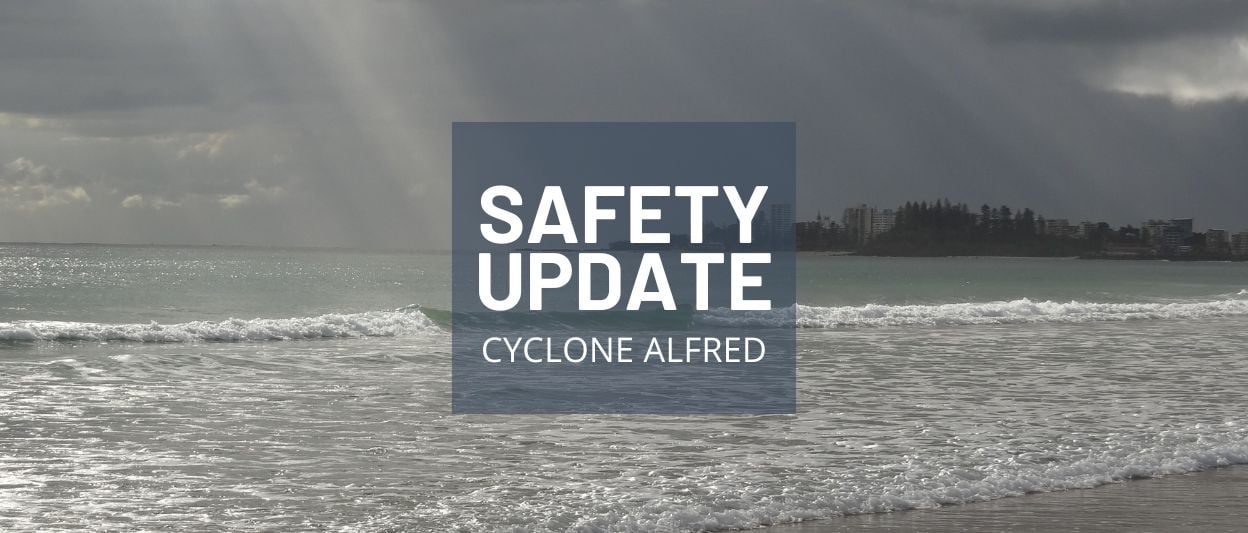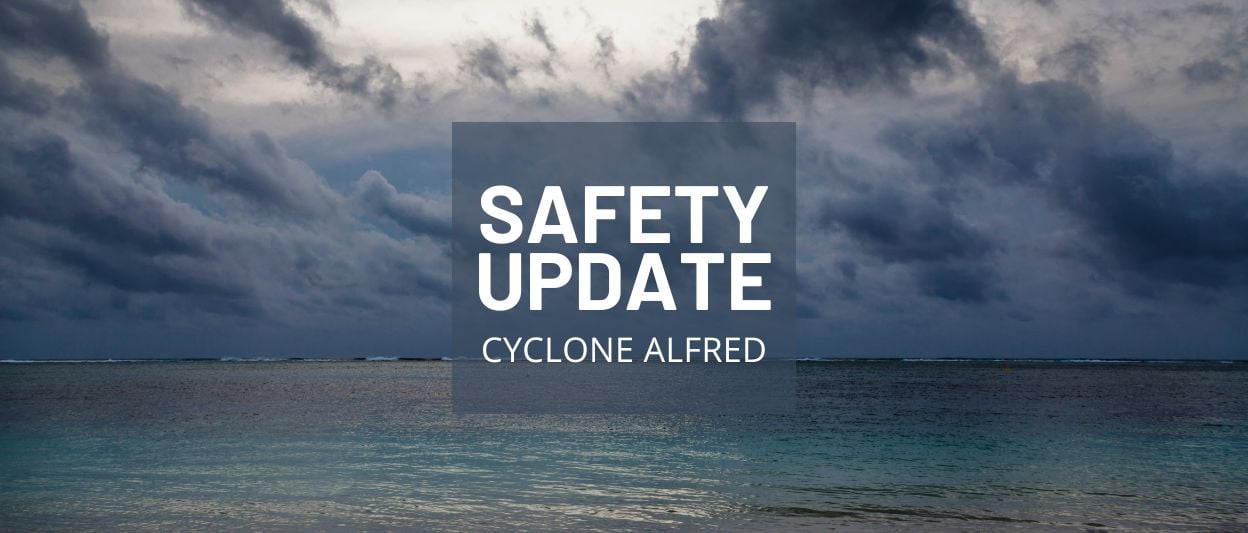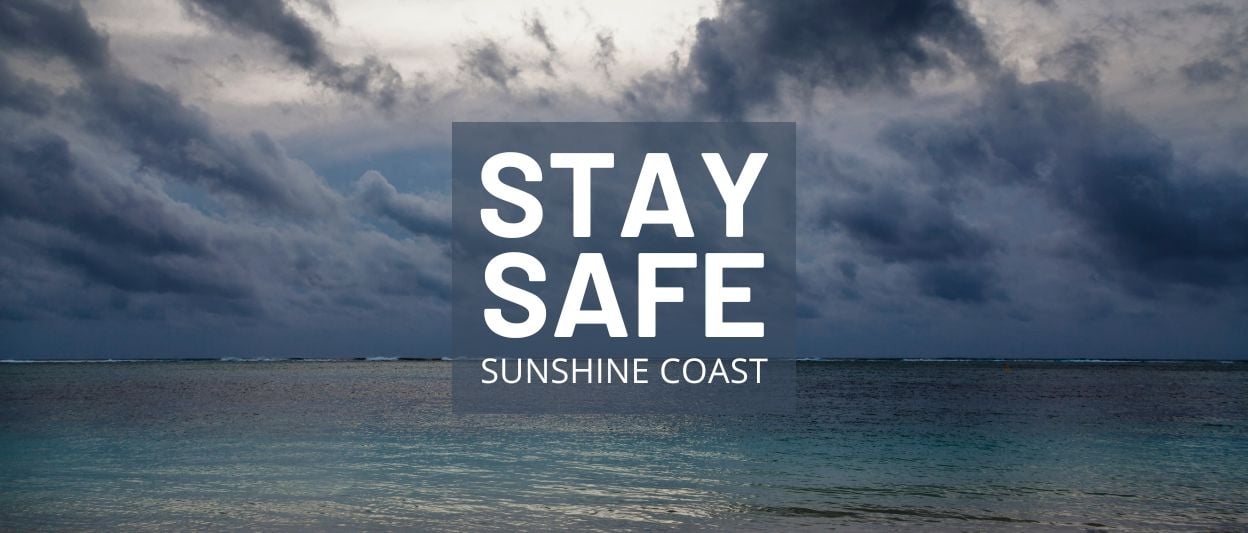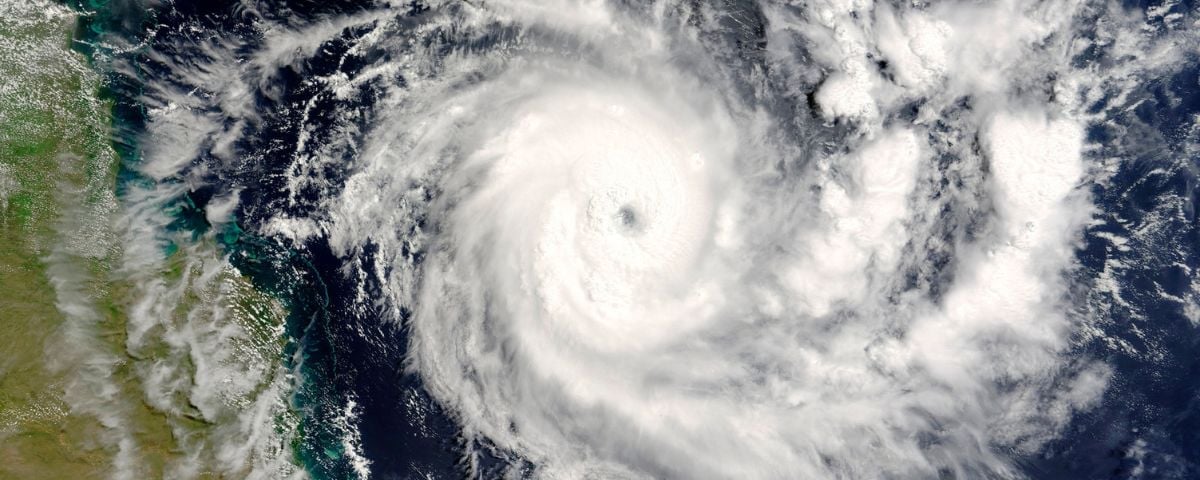The Sunshine Coast is bracing for deluges – with potentially devasting results.
Key Points
- Alfred could unleash deluges over the Sunshine Coast.
- To see if your school is included in the closures, visit here.
- Download the SES Assistance QLD app for updates.
Tropical Cyclone Alfred is heading toward millions of Australians in south-east Queensland.
The storm system will hit the highly populated regions between Maroochydore on the Sunshine Coast, to the Gold Coast’s Coolangatta.
After slowing in its tracks overnight (to about 7kmh), it is now expected to make landfall around Friday afternoon.
A Saturday arrival is also a possibility.
As a category-2 system, it will pack winds of up to 170kmh.
And it could coincide with a high tide.
Queensland Premier David Crisafulli warned vulnerable residents in the path of the cyclone that preparations need to be made now.
“[Friday] is not the time to be making your evacuation plan,” he said.
“Now is that time, and if you do so, I have every faith that Queenslanders will be kept safe.
“Rescue authorities have spent the day conducting large-scale door-knocking of residents in at-risk areas.”
Alfred could unleash deluges of rain over the Sunshine Coast.
Deluge
The Bureau of Meteorology (BOM) reported that Alfred could unleash deluges of rain over the Sunshine Coast.
And more rainfall is expected in the days that follow.
Such rainfall will put thousands of properties at the risk of flooding.
Heavy rainfall is also expected in the NSW’s Northern Rivers region, and a flood watch is in place.
The Sunshine Coast shut down
From Wednesday, the Sunshine Coast came to a near standstill, with residents told to “bunker down” from 6PM, and remain at home on Thursday and Friday.
Premier Crisafulli announced on Wednesday that schools in south-east Queensland will be closed on Thursday and Friday.
To see if your school is included in the closures, visit here.
Bus services have been suspended from the last service on Wednesday until further notice.
To see if your school is included in the closures, visit here.
Planned recovery
Premier Crisafulli told the media that community “recovery hubs” will be set up in the wake of Cyclone Alfred.
“I want Queenslanders to know that there will be no daylight between the response and the recovery,” he said.
“And the best way that you can guarantee a good recovery is to do the little things now to keep yourself out of harm’s way, and that speeds up the recovery process.”
The premier said his government was “mobilising the councils to be able to go in and respond.
“We have 1,000 Energex crew that are ready to serve, and we have contractors ready to help clean the debris.
“It is essential that we get power connected as quickly as we can.”
Recovery centres
According to the Queensland government, various councils are currently preparing evacuation centres.
Residents are encouraged to visit their council website for information.
Such shelters will include basic amenities and will not have beds, cooking facilities or catering.
Premier Crisafulli urged the most vulnerable residents to seek shelter at the homes of family and friends.
For more information visit here.
For more information visit here.
Potential damage
It will likely cause damage to homes, trees and there is a risk of power failure.
There is also a risk of roofs being torn away from homes.
Preparation
The government is advising south-east Queensland residents to fill up their bathtubs, while the water is still safe to drink. (This has long been a tactic employed by far north Queenslanders.)
“That way, you can keep the essentials going, like flushing the toilet, boiling water for a cuppa … if the water gets cut off,” the government statement reports.
The advice also includes that residents should not tape windows (as it can cause dangerous shards of glass if the window breaks).
Instead, residents should use plastic sheeting along the inside frame of the window, to prevent wind-driven rain from coming inside.
“If you’re in the direct path of the cyclone, it’s best to board up your windows for added protection,” the statement read.
Other advice includes:
- Secure outdoor furniture, garden tools, and loose objects to prevent them from becoming dangerous projectiles.
- Park your vehicle in a safe, covered location well before the weather worsens.
- Move valuable and electrical items to higher ground to protect them from potential flooding.
- Use sandbags to protect entry points prone to flooding, and store extra sandbags in a sheltered spot.
- Stock up on water, non-perishable food, and essential medications.
Source: https://www.getready.qld.gov.au/cyclone-alfred-faqs
Resources
News and updates:
If you need to talk to someone:
- SALT Hope and Prayer
- Community Recovery Hotline (24/7): 1800 173 349
- Community Recovery Lifeline Hotline (8am to 8pm): 1800 116 671 for specialist disaster counselling
For parents:
Local councils:
*Please note, this is not an exhaustive list. Contact your local council for further information.
Feature image: Photo by CanvaPro
Get daily encouragement delivered straight to your inbox
Writers from our Real Hope community offer valuable wisdom and insights based on their own experiences!

























